
Guy Carleton, 1st Baron Dorchester, known between 1776 and 1786 as Sir Guy Carleton, was a British Army officer, peer and colonial administrator. He twice served as Governor of the Province of Quebec, from 1768 to 1778, concurrently serving as Governor General of British North America in that time, and again from 1785 to 1795. The title Baron Dorchester was created on 21 August 1786.
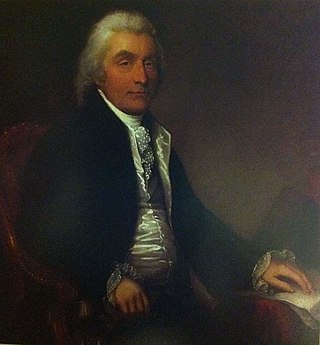
Sir John Wentworth, 1st Baronet was the British colonial governor of New Hampshire at the time of the American Revolution. He was later also Lieutenant-Governor of Nova Scotia. He is buried in the crypt of St. Paul's Church in Halifax.

Brigadier-General Sir John Johnson, 2nd Baronet was an American-born military officer, magistrate, landowner in the British Indian Department who fought as a Loyalist during the American Revolutionary War. He was the son of Sir William Johnson, 1st Baronet, who was the first British Superintendent of Indian Affairs. He inherited his father's baronetcy and estate in 1774.

Edward Cornwallis was a British career military officer and member of the aristocratic Cornwallis family, who reached the rank of Lieutenant General. After Cornwallis fought in Scotland, putting down the Jacobite rebellion of 1745, he was appointed Groom of the Chamber for King George II. He was then made Governor of Nova Scotia (1749–1752), one of the colonies in North America, and assigned to establish the new town of Halifax, Nova Scotia. Later Cornwallis returned to London, where he was elected as MP for Westminster and married the niece of Robert Walpole, Great Britain's first Prime Minister. Cornwallis was next appointed as Governor of Gibraltar.

Captain Sir Andrew Snape Hamond, 1st Baronet was a British naval officer and Lieutenant Governor of Nova Scotia from 1781 to 1782 and Comptroller of the Navy from 1794 to 1828.

The 84th Regiment of Foot (Royal Highland Emigrants) was a British regiment in the American Revolutionary War that was raised to defend present day Ontario, Quebec and Atlantic Canada from the constant land and sea attacks by American Revolutionaries. The 84th Regiment was also involved in offensive action in the Thirteen Colonies; including North Carolina, South Carolina, Georgia, Virginia and what is now Maine, as well as raids upon Lake Champlain and the Mohawk Valley. The regiment consisted of 2,000 men in twenty companies. The 84th Regiment was raised from Scottish soldiers who had served in the Seven Years' War and stayed in North America. As a result, the 84th Regiment had one of the oldest and most experienced officer corps of any regiment in North America. The Scottish Highland regiments were a key element of the British Army in the American Revolution. The 84th Regiment was clothed, armed and accoutred the same as the Black Watch, with Lieutenant Colonel Allan Maclean commanding the first battalion and Major General John Small of Strathardle commanding the second. The two Battalions operated independently of each other and saw little action together.

St. Paul's Church is a historically evangelical Anglican church in downtown Halifax, Nova Scotia, within the Diocese of Nova Scotia and Prince Edward Island of the Anglican Church of Canada. It is located at the south end of the Grand Parade, an open square in downtown Halifax with Halifax City Hall at the northern end.

The Old Burying Ground is a historic cemetery in Halifax, Nova Scotia, Canada. It is located at the intersection of Barrington Street and Spring Garden Road in Downtown Halifax.

John Parr was a British military officer and governor of Nova Scotia. He is buried in the crypt of St. Paul's Church.
The 5th General Assembly of Nova Scotia represented Nova Scotia between May 1770 to 1784, its membership being set in the 1770 Nova Scotia general election.

Jonathan Eddy was a British-American soldier, who fought for the British in the French and Indian War and for the Americans in the American Revolution. After the French and Indian War, he settled in Nova Scotia as a New England Planter, becoming a member of the General Assembly of Nova Scotia. During the American Revolutionary War, he was strongly supportive of the rebellion against the Crown. He encouraged the residents of Nova Scotia to join in open revolt against King George III and England. He led a failed attempt to capture Fort Cumberland in 1776 and was forced to retreat to Massachusetts, the place of his birth. The following year, he led the defense of Machias, Maine during the Battle of Machias (1777). After the war, he established the community now known as Eddington, Maine in 1784, where he died.
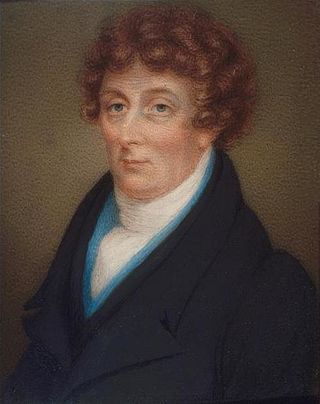
Sir James Monk was Chief Justice of Lower Canada. Monk played a significant role in the abolition of slavery in British North America, when as Chief Justice he rendered a series of decisions regarding escaped slaves that 'while not technically abolishing slavery rendered it innocuous'. 'The slave could not be compelled to serve longer than he would, and ... might leave his master at will.'

Lord Charles Greville Montagu was the last Royal Governor of the Province of South Carolina from 1766 to 1773, with William Bull II serving terms in 1768 and 1769–1771. He also was the commander of the Duke of Cumberland's Regiment during the American Revolution.

The Raid on Lunenburg occurred during the American Revolution when the US privateer, Captain Noah Stoddard of Fairhaven, Massachusetts, and four other privateer vessels attacked the British settlement at Lunenburg, Nova Scotia on July 1, 1782. The raid was the last major privateer attack on a Nova Scotia community during the war.

George Robert Ainslie (1776–1839) was a Scottish general of the British Army, with a short lived and controversial career in the Caribbean, a Lieutenant Governor of Cape Breton, and noted for his coin collecting pursuits.
The Royal Nova Scotia Volunteer Regiment, also known as the Loyal Regiment of Nova Scotia Volunteers and Loyal Nova Scotia Volunteers, from 1775-1780, the Royal Regiment of Nova Scotia Volunteers, from 1780-1783, and the Royal Nova Scotia Volunteer Regiment and Nova Scotia Volunteers, was a British Loyalist provincial battalion, of infantry, raised in 1775, to defend British interests, in the colony of Nova Scotia. The unit was commanded by Col. Francis Legge, until replaced by Col. John Parr in 1782. The Royal NS Volunteers never saw combat, but did play an important role in the defense of the colony of Nova Scotia, in the later years, of the American Revolution.
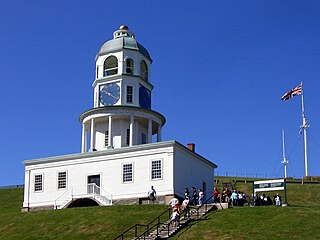
The Halifax Volunteer Battalion (1860–1868) included six companies that were raised in present-day Halifax Regional Municipality. The six companies included the Scottish Rifles, Chebucto Grays, Mayflower Rifles, Halifax Rifles, Irish Volunteers and Dartmouth Rifles which were all raised in the fall of 1859. The upper ranks of the battalion was made up of distinguished people from the community filling the ranks of officers. The battalion served ceremonial functions, raised money for charities as well as defended the city against possible military threat during the Fenian Raids. The present-day The Halifax Rifles (RCAC) descended from the 63rd regiment of the battalion.
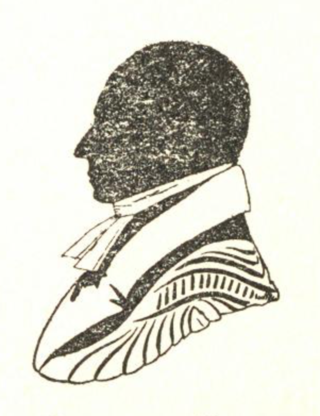
The Raid on Charlottetown of 17–18 November 1775, early in the American Revolutionary War, involved two American privateers of the Marblehead Regiment attacking and pillaging Charlottetown, Prince Edward Island, then known as St. John's Island. The raid motivated Nova Scotia Governor Francis Legge to declare martial law. Despite the raid's success, George Washington immediately freed senior colonial officials the privateers had brought back as prisoners to Cambridge, Massachusetts.
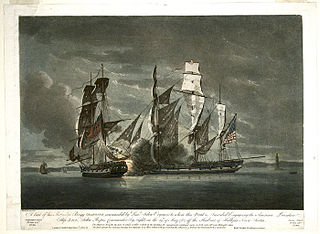
The Province of Nova Scotia was heavily involved in the American Revolutionary War (1776–1783). At that time, Nova Scotia also included present-day New Brunswick until that colony was created in 1784. The Revolution had a significant impact on shaping Nova Scotia, "almost the 14th American Colony". At the beginning, there was ambivalence in Nova Scotia over whether the colony should join the Americans in the war against Britain. Largely as a result of American privateer raids on Nova Scotia villages, as the war continued, the population of Nova Scotia solidified their support for the British. Nova Scotians were also influenced to remain loyal to Britain by the presence of British military units, judicial prosecution by the Nova Scotia Governors, and the efforts of Reverend Henry Alline.

Timothy Hierlihy (1734–1797) was a British officer who protected the British coal mines at Sydney Mines, Nova Scotia from attacks by American privateers. He also was the first British settler of Antigonish, known as the "founder of Antigonish." Hierlehy also became the commander of the Royal Nova Scotia Volunteer Regiment.



















